A 12 Year-old boy living on the streets of Bikaner in 1919 learns how to manufacture bhujiya from his aunt. And he begins to sell it for just 2 paise. It is yet to be determined if this bhujiya would eventually serve as the cornerstone of a thousands-of-crore commercial empire. And one day, his name, Haldiram, will be printed in millions of bhujiya packets sold worldwide.
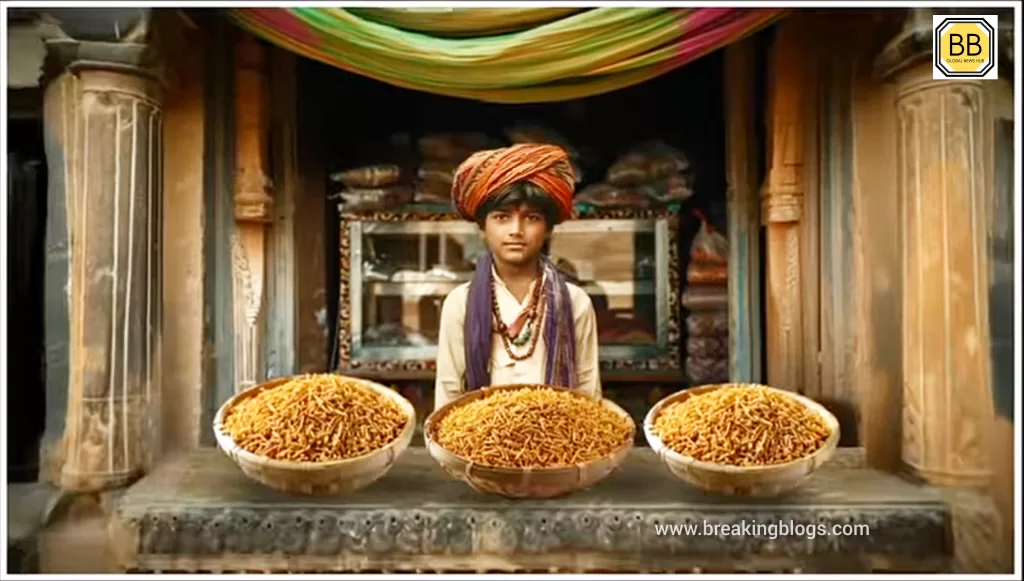
This is the tale of Haldiram’s, the biggest snack brand in India. In 1908, Haldiram was born in Bikaner to a low-income family. In his little store in Bhujiya Bazaar, his grandfather used to sell Bhujiya. And Haldiram has been fascinated by Bhujiya since he was a young child. That’s why, at the age of 12, he put in a lot of daily effort and became an expert at creating Bhujiya.
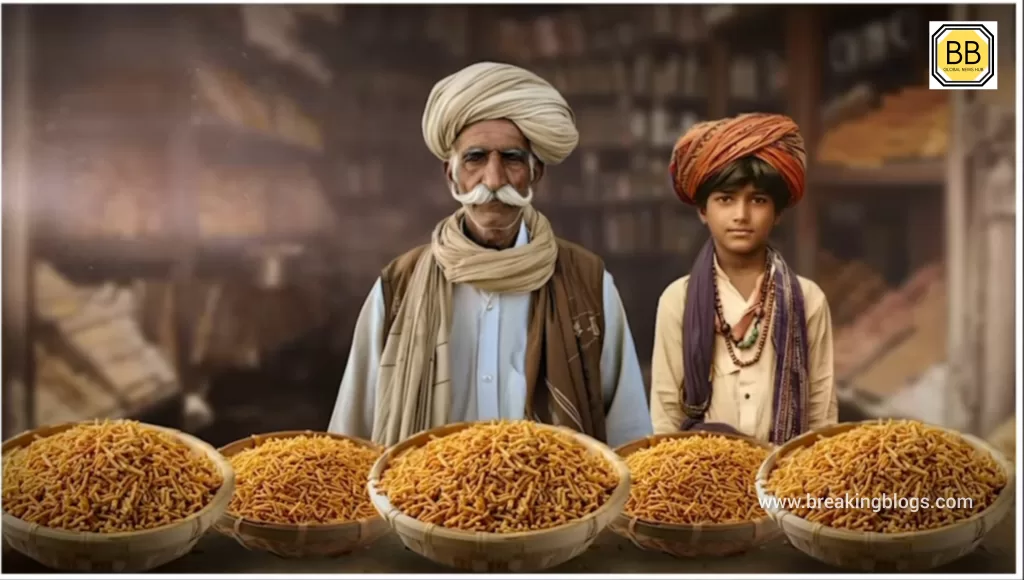
And soon after that, his grandfather’s regular shop. However, he shared his grandfather’s dissatisfaction at merely receiving a small more income from Bhujia. His goal was to grow his company. Besan was used to make the Bhujia that Haldiram was selling. However, he noticed that Rajasthanis were big fans of Moth Dal. Moth Dal was utilized in many different cuisines by the locals.
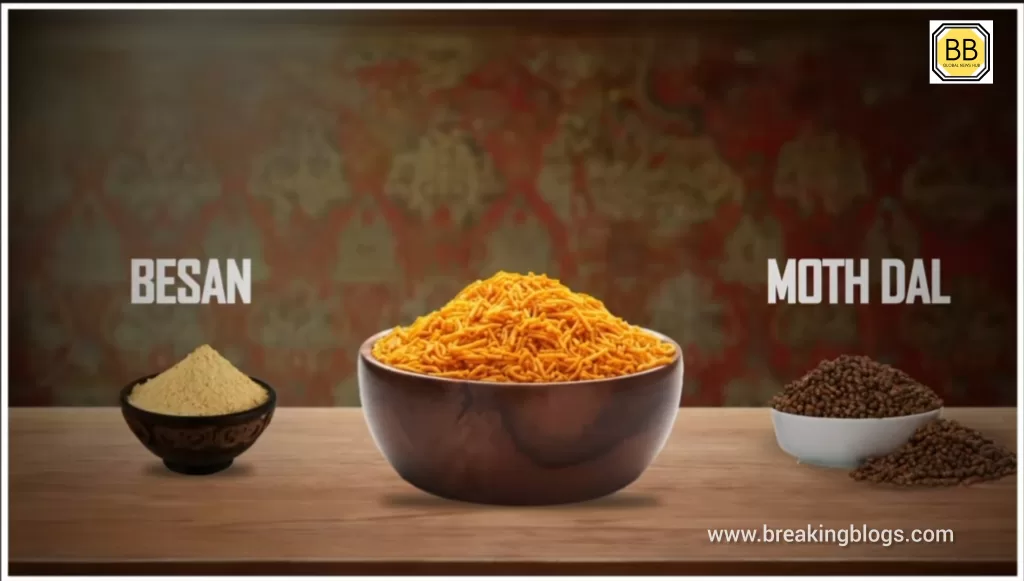
For this reason, Haldiram began blending besan with moth daal when creating his bhujia. His new Bhujia became an instant hit as people discovered how wonderful it was. He didn’t stop there, though; they also discovered their existing bhujiya was soft and thick. However, the consumer will have a very fulfilling meal if it is made thin and crispy.
The first thing they needed to do was thin their batter for this to occur. They also required a mesh with holes that were smaller than those of a regular mesh. to use that to make thin bhujiya. He created an ideal mesh by collaborating with other mesh makers in the industry.
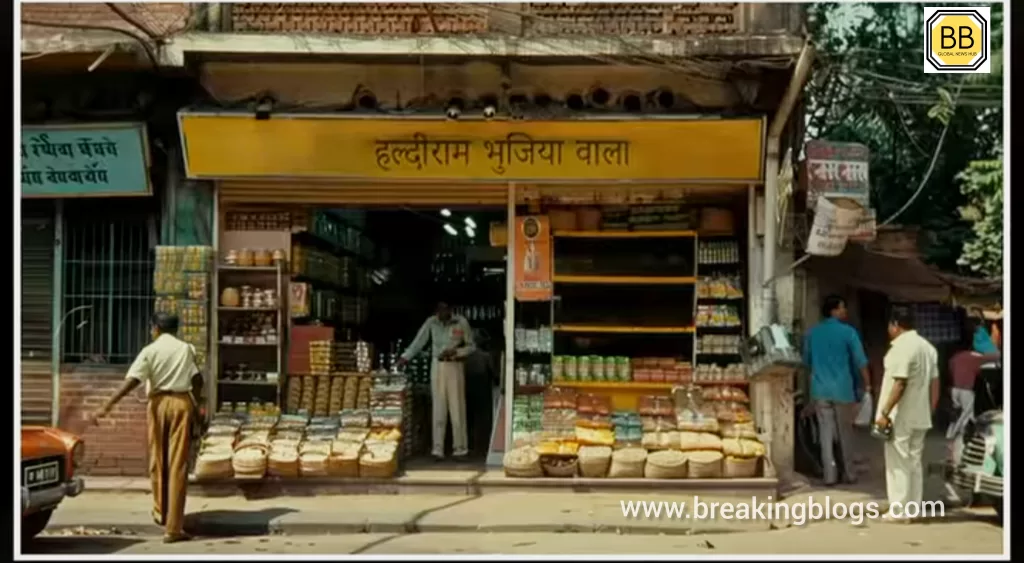
He finally succeeded in making flawlessly thin or crispy bhujiya after many years of experimenting. Sales of this new bhujiya skyrocketed, but Haldiram’s creativity extended beyond the bhujiya’s formula. It reveals that Haldiram is a brilliant brand strategist in secret. Although there were many other stores in the market selling bhujiya, Haldiram desired for his to be perceived by his consumers as being far more important than a typical bhujiya.
When Haldiram learned that Maharaja Dangar Singh was the most well-liked Maharaja in Bikaner, he developed a great deal of respect for him. Haldiram named his Bhujiya after Maharaja Dangar Singh, Dangar Sev, for this reason. All other regular Bhujiyas were also named after the Maharaj. distinguished itself from competitors and gained premium positioning; they also raised pricing with this new branding.
And the clients gladly took the bill. Haldiram and his two brothers started their business in the ensuing years. And now he was thirty-six years old, with three sons and a wife. For Haldiram, who hailed from an extremely low-income background, everything was going great. However, his life took a significant turn in 1944.
The ladies in the house began to have strained relationships. Haldiram was finally forced to leave the residence because things got so nasty. The issue, though, was that Haldiram’s business and the house were kept apart. Haldiram had worked incredibly hard to create his business, but today he received not even a single penny from it. That night, he and his family set out on the road, but he had no time for sentimentality because of his obligations.
Haldiram pulled himself together immediately and went to work. He heard someone call his name one day as he was at the market looking for work. Haldiram turned to see a friend from his youth standing behind him. After a long absence, this acquaintance of his had come back to Bikaner. Haldiram filled him in on every detail of his circumstances.
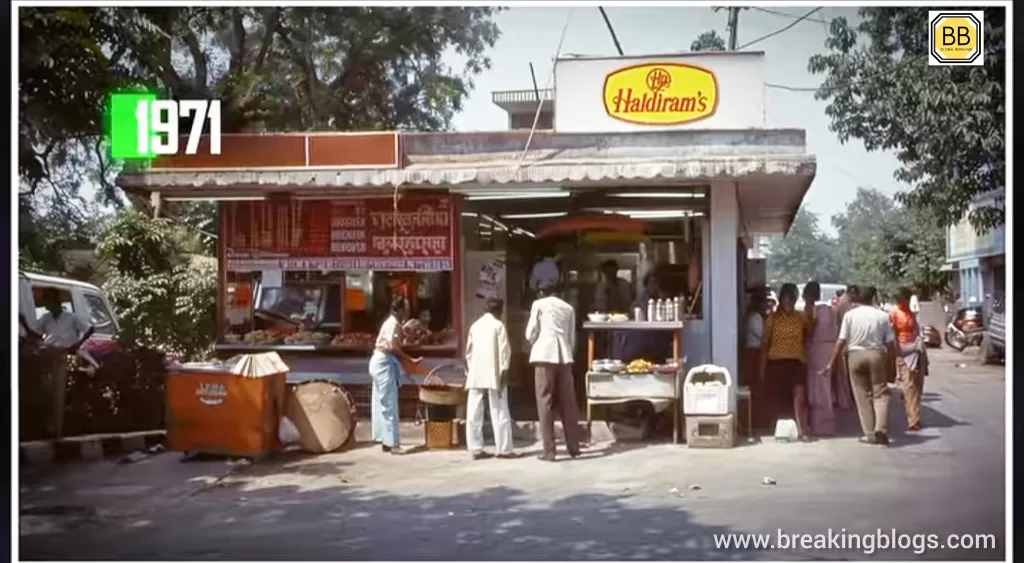
Haldiram had given his friend 200 rupees years prior as assistance. Luckily, he didn’t overlook this courtesy. He gave Haldiram her 100 rupees back that same day. And for Haldiram, these 100 rupees are a lifeline. He started by renting his family a modest home. and then began generating company concepts. Moong dal was a basic meal, and his wife Champa Devi used to cook particularly tasty moong Bikaner.
And after that? He chose to launch a moong dal company. They bought spices, moong dal, and other stuff with their leftover money, and they also cleaned the kitchen. The two would get up early, prepare the moong Dal, and drive around for the next half day, trying to convince worthy workers to buy this dish.
They quickly began offering their regular original version of Bhujia for sale. Their dedication, taste, and excellence have earned them a devoted following of clients. the largest convenience store in the world, and he began by selling them at a tiny store and taking payment via leasing agreements.
Reports were going around the market that Haldiram and his Dangar Sev were returned just as the shop was set to reopen! In his shop, he was receiving competition on par with him. Haldiram eventually established himself as the local Bhujiya King. Over the ensuing years, Haldiram’s sole concentration was expanding this store. However, something that occurred in the 1950s turned out to be a significant turning point in his life.
Haldiram traveled to Kolkata to attend the daughter’s wedding of a friend. He prepared bhujiya for every guest there. He was also somewhat taken aback by the bhujiya’s response. They were so fond of Bhujiya that they both praised it and placed large orders with Haldiram. Haldiram recognized that growing his company in Kolkata was a significant opportunity.
particularly since there wasn’t much of a rivalry between the vendors of Bhujiya there. Haldiram sent his eldest grandson Shivkishan and his younger son Rameshwarlal to establish a business in Kolkata in 1955. They began with a modest 8-square-foot shop and a small residence here as well. This Shurwaat toh slow thi, but then word-of-mouth in Kolkata me bhi unka company ke karan increase karne laga.
And sure enough, they began selling between 150 and 200 kg of bhujia that same day. Additionally, to draw in Bengalis, they introduced Bengali Mixture, a namkeen that went well with the car’s flavor. His shop grew from 8 square feet to 25 square feet over the following 12 years. Additionally, business was doubling annually.
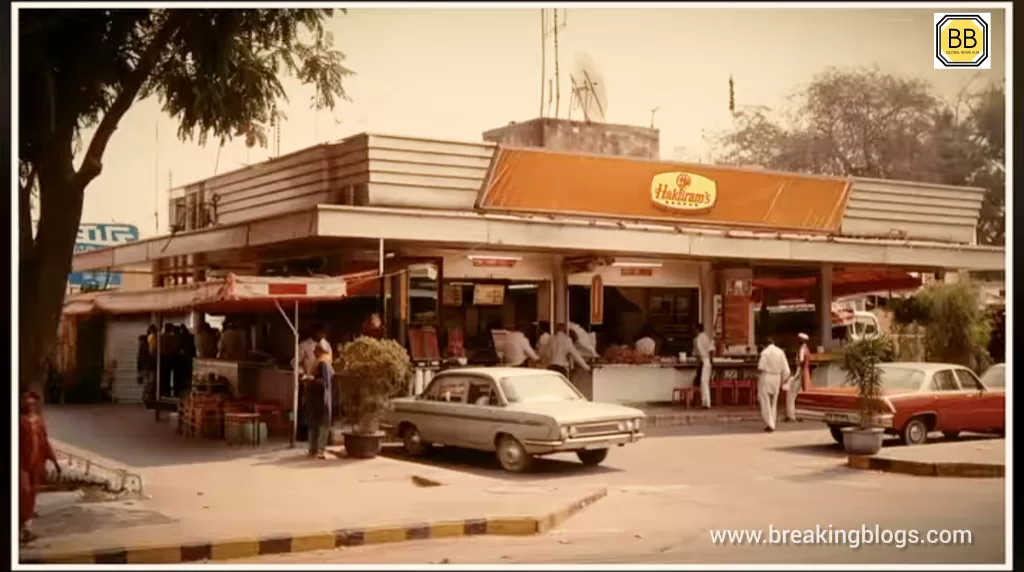
The Kolkata branch’s business has surpassed that of the Bikaner branch due to its larger size. Haldiram’s three boys were settled by 1968. Bikaner’s firm was formerly managed by his older son, Moolchand. Satidas departed from his family to start his stores. Rameshwar lal was also in charge of the Kolkata company. Haldiram left the company in a semi-retired state after realizing this.
Additionally, he used to only occasionally visit the company to oversee it. Already, the company was performing nicely. However, the events that followed would turn out to be a pivotal point in Haldiram’s commercial history. In 1968, Shiv Kishan, the eldest grandson of Haldiram, who was still employed by his uncle in the Kolkata company, decided to open a Haldiram store in Nagpur.
Shiv Kishan discovered that the Balushahs of Nagpur were fond of Gujarati Peda, Mysore Pak, and Laddu. Although the locals were sweet-toothed, they were not familiar with Indian confections. Recognizing this chance, Shiv Kishan began selling Bhujiya and his beloved Kaju Katli in Nagpur.
Customers were first hesitant to purchase it. Shivkishan began providing free samples to his clients for this reason. People became obsessed with Kaju Katli as soon as they tasted it. And demand took off like crazy. Shivkishan began selling confections like Malai Laddu, Rasgulla, and Rasmalai after seeing this success.
And this is where Haldiram’s in the Indian confectionery industry unwittingly falls in. Two Haldiram stores were open in Nagpur until 1971. Shivkishan, though, wants to leave this place. Shivkishan’s eyes were awakened when he dined at Kirti restaurant one day. All they served in that restaurant was Dosa and Lassi. And there was a steady stream of patrons.
It was from this that Shivkishan derived the inspiration to convert Haldiram’s from a store to a restaurant. He discovered that Maharashtrans has a deep affinity for South Indian foods like dosa and idli after studying the market. He now desired to serve well-liked appetizers like kachori and samosas in his eatery. He needed to draw patrons to his eatery first, though.
For this reason, he began by making popular foods, such as dosa and idli. restaurant with thirty seats. And very quickly, every seat in his restaurant began to stay occupied. He quadrupled his seating capacity upon realizing this. Added kachori and samosas to the menu as well. Shivkishan used to recommend samosas and kachori to the patrons who would normally come for dosa and idli.
And the same thing that occurred then also occurred during Kaju Katli’s reign. Most customers become devoted patrons of Samosa Kachori after trying it. Over the ensuing years, other Haldiram’s stores opened in Nagpur. As a result, Haldiram’s evolved into an Indian restaurant, snack, and confectionery company instead of merely selling bhujiya.
Rameshwar Lal left the company in 1975 to become independent. It was agreed that Rameshwarlal would not conduct business in any other region of West Bengal and that neither Moolchand nor his son would enter the state. Up till today, Haldiram’s Nagpur branch has been operating quite successfully. Shiv Kishan, though, had grander ideas. His goal was to grow to a city where Haldiram could become a household name.
And Delhi, the capital of India, was that city. Shiv Kishan selected Manohar Lal, his younger brother, to expand to Delhi. Up until that point, Manohar Lal was employed by the Bikaner company. The transcript may be found in the account of the encounter and the incident in which Shiv didn’t wear the suit. The good news was that there was fierce competition and high demand.
With Shivkishan’s assistance, Manoharlal purchased a location for his store and opened for business in 1983. He began doing break evens and established his reputation in the market over the following year, day and night. That was the time of his great tragedy. Delhi had been rocked by the horrific anti-Sikh riots of 1984. In the course of these two months, Haldiram’s business in Delhi was completely shut down at Manoharlal’s workshop.

Manoharlal persisted nevertheless. He received financial assistance from Nagpur, and Bikaner reopened the firm by purchasing a new, 300-square-foot workshop in Delhi. His reputation proved to be quite beneficial, and business began to flourish once more. Over the next few years, he opened new outlets and built a 2000-square-foot factory in addition to expanding his existing workshop.
The company kept expanding. But Haldiram’s remained a medium-sized local business even after all of this. However, Manohar Lal and Shiv Kishan desired Haldiram to become a top consumer brand in the world. Indians of all stripes ought to use their stuff. They observed that following deregulation, companies marketing convenience food—, packaged and ready-to-eat food—included PepsiCo, Kellogg’s, and Nestle India.
But Haldiram saw a big hole in this. It was costing Indians thousands of crores to promote packaged food with a Western cultural flair thanks to all these foreign firms. However, no company was offering Indian snacks in long-lasting packaging at the time. Haldirams took advantage of this chance to introduce nitrogen packing for its Aaloo bhujiya and Bikaneri snacks.
Their shelf life grew in this way. Greetings from The new packaging caused Haldiram’s business to shift to Delhi or Nagpur. Even the smallest Indian cities now sell Haldiram’s bhujiyas. Customers responded favorably to these products after they were introduced. Haldiram expanded its packaged food line to include Bhel Puri, Rasgulla, Sonpapdi, Pickles, and Kachori.
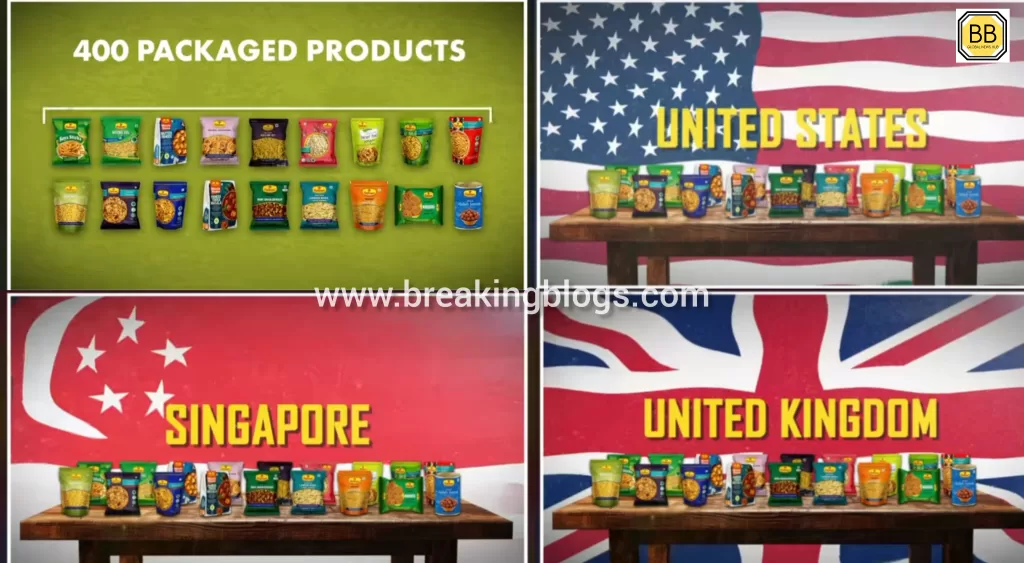
400 packaged food items from Haldiram’s. for the intended audience. to aim for customers. He sells his goods in various pack sizes. similar to how large packets can cost up to 200 rupees and little packs with numerous things only cost 5 rupees. Furthermore, he was aware that snacks were impulsive buys. For this reason, they use color psychology to create visually appealing packaging.
and lastly, to travel to every region in India. They have thousands of merchants and over 100 distributors on board. Nearly all Indian households consume Haldiram’s snacks. One of the most well-known Indian snack brands is Haldiram’s, even in the US, Singapore, and the UK. Bhujiya was first sold by Haldiram for two passes almost a century ago.

Haldiram’s has sold over 9,000 crores of rupees as of right now. The history of Haldiram’s demonstrates that through satisfying customers, consistently developing new products, and evolving personally throughout time, one may achieve success in business.
The Untold Story of How Haldiram Built a Rs 5000-crore Empire Book by Pavitra Kumar
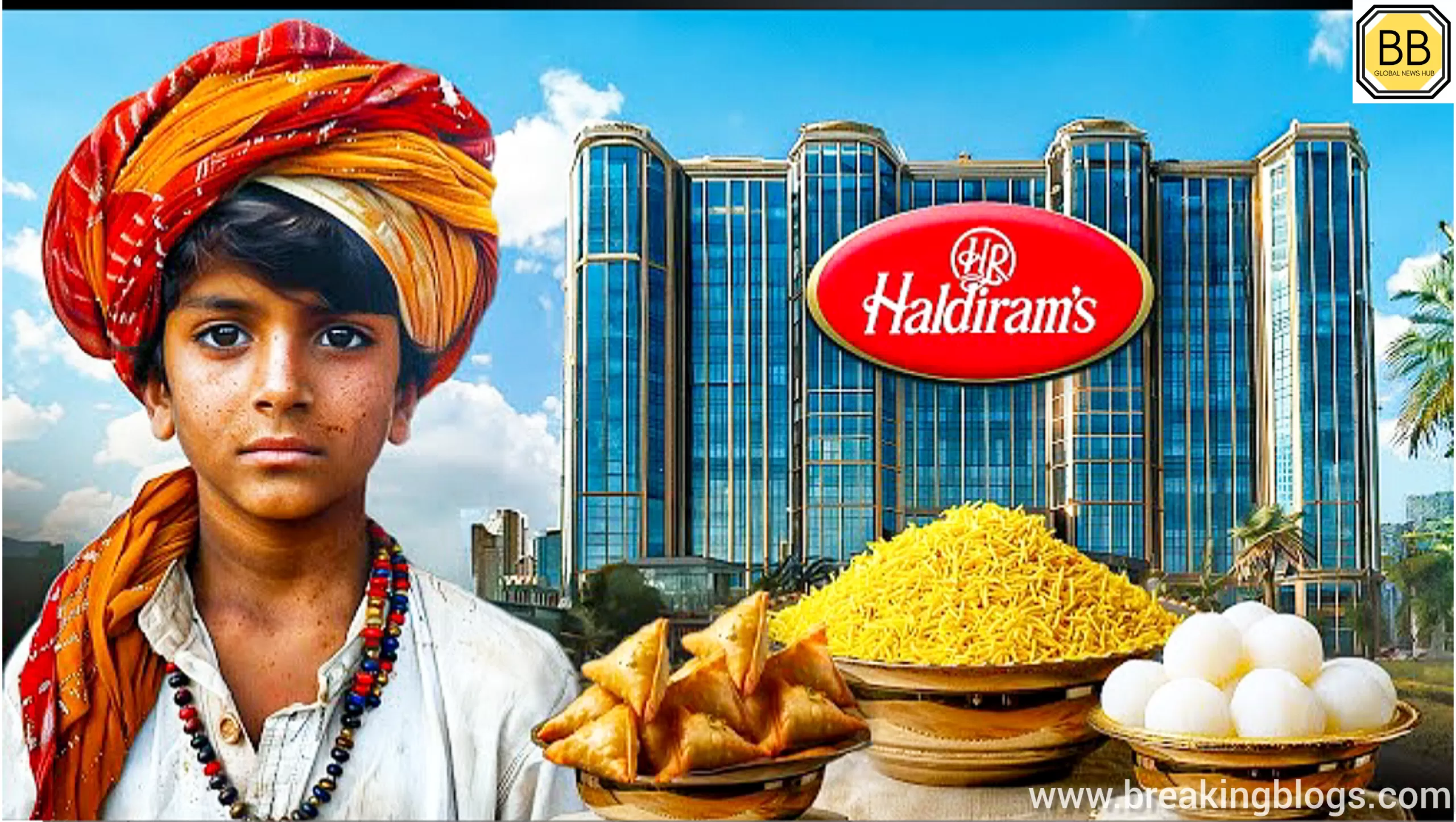
Very informative ! Please post information like this !